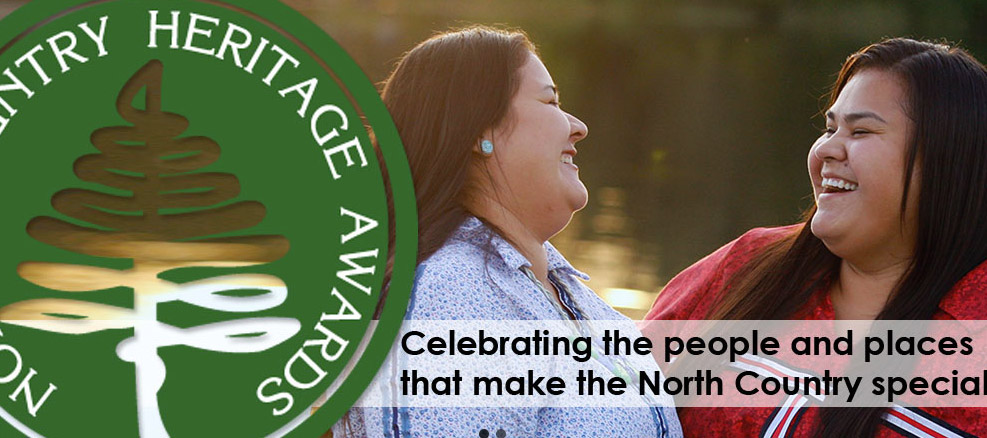Raquette River Camps
TAUNY Executive Director Jill Breit is starting a new project this summer: documenting camps along the Raquette River and interviewing the families who love and use them. Jill is focusing on camps whose owners live in the North Country year-round. Everything from very simple hunting cabins to larger camps that accommodate generations of family and friends will be included. We'd love to hear from you with suggestions of camps to document. Contact Jill with leads or to get more information: jill@tauny.org.
Instrumental Stories:
North Country Folk Instrument Making and Collecting
This project documents instrument makers and collectors throughout the region. It explores the craft of instrument-making in its many forms, from improvised, home-made instruments to the work of master craftspeople who supply many others in their communities with instruments. It also explores the contexts of the instruments’ making, use, and enjoyment. Some instruments are born of household materials and practices, and the project will examine these frameworks and how, in turn, the instruments relate to both private and public living spaces from kitchens and living rooms to restored granges and festival stages. The instruments thus reflect not only the craftsmanship that builds them, but the family and community traditions that help to shape their significance in regional life. In addition to instrument-making and the spaces and contexts in which instruments are used, the project addresses instrument collections. The region is home to a variety of music traditions, generally connected to ethnic heritage groups as well as location-based community groups. While the music-playing traditions are less active than they’ve been in the past, many people continue to play folk instruments and/or connect to family and community traditions through new and heirloom instruments. Many people in the region have such instruments--from a single old story-laden family guitar to, in one case, a seventy-fiddle collection started by a father and added to over the years by a son in a musical family. The project documents these collections and explore how regional music-playing traditions are in some cases transforming to manifest as instrument-collecting traditions.
Research Goals:
- Identify and document North Country folk instrument makers (from improvisation to mastery)
- Identify and document North Country folk instrument collections/collectors
- Identify and document smaller-scale instrument holdings (such as single keepsake items) and their stories
- Identify and document makers of related accessories (such as instrument covers and cases, spare parts)
- Examine the spatial contexts of folk instruments’ making, use, and enjoyment (such as luthiers’ studios, household settings, public music and dance venues)
- Examine the social contexts of folk instruments’ making, use, and enjoyment (such as instrument and music equipment exchange networks, jams, repair networks)
Have an instrument? Fill out a questionnaire!
Click here for the Makers questionnaire.
Click here for the Keepers and Collectors questionnaire.
Funding for this project is provided by The National Endowment for the Arts, Folk and Traditional Arts and the New York State Council on the Arts with the support of Governor Andrew M. Cuomo and the New York State Legislature.
Additional funding has been provided by The Glenn and Carol Pearsall Adirondack Foundation. Dedicated to improving the quality of life for year-round residents of the Adirondack Park.
Additional support from T. Urling and Mabel Walker.
Raquette River Dams Oral History Project
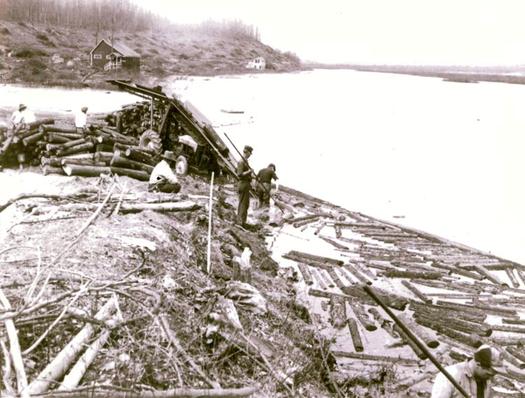 The
Raquette River Oral History Project documents the stories of people
involved in or significantly affected by the construction of the
hydroelectric dams and powerhouses along the Raquette River, one of the
most heavily dammed rivers in New York State.
The
Raquette River Oral History Project documents the stories of people
involved in or significantly affected by the construction of the
hydroelectric dams and powerhouses along the Raquette River, one of the
most heavily dammed rivers in New York State.
Interviews were conducted primarily by TAUNY’s Director of Research and Programs Camilla Ammirati, and Mary Jane Watson of South Colton, NY, in cooperation with Roque Murray of Watertown PBS. To date, we have recorded thirty interviews with thirty-one individuals with significant connections to and/or memories of the Raquette River hydro projects, about fifteen of which will be included in a separate Watertown PBS documentary project (airing spring 2016).
In addition to interviews, we have collected approximately five hundred photos and other scanned memorabilia items from these interviewees relating to the dam projects and/or their own relevant personal and professional experience. We have also collected approximately 3700 additional photos representing the history of the Raquette River more generally, and the life of the communities along its shores.
For this project, we aimed to present as many perspectives as possible on the history of the Raquette River hydro dam development projects. Interviewees represent a range of different occupations, geographical locations, time periods, and types of relationship to the dam projects. The majority of interviewees worked on the dams or powerhouses and/or for the power companies, such as Niagara Mohawk and Brookfield Renewable Energy, which have run the hydro projects over the years. We spoke to some who were involved at the beginning of the major development in the Colton area in the 1950s, some primarily involved in later re-building projects in the 1980s, and some whose work on the river or in their related careers has continued until relatively recently, thus bringing a more contemporary perspective to the project. We also interviewed people who did not do work connected to the dams but could share recollections of ways in which the dam projects affected their communities and their own personal lives.
Documentation for this project is complete, and we are now developing a distribution plan to share materials with other organizations such as museums and schools in Raquette River communities. Along with making this initial collection available to the public, we look forward to developing an exhibit and a related arts project to showcase this rich aspect of our regional heritage.
Photo: Camilla Ammirati spoke with Arnold Wright for this project, who is one of the loggers pictured here.
This oral history project was made possible by the support of the New York Department of State with funds provided under Title 11 of the Environmental Protection Fund. Project partners include TAUNY, the Raquette River Blueway Corridor Group, the Village of Potsdam, and Watertown PBS.
Venerable Folks of Tug Hill
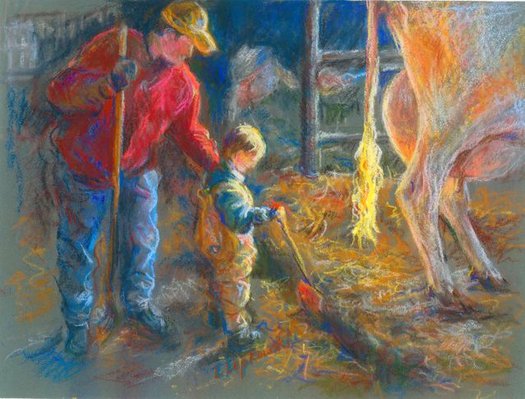 TAUNY collaborated with Tug Hill Tomorrow, Tug Hill Commission, and
artist Loretta Lepkowski to interview residents of the Tug Hill region
who have been recognized as Tug Hill Sages, through a program
administered by the Tug Hill Commission. A Tug Hill Sage is an
individual who has been a part of Tug Hill life and traditions for most
of his/her life, who has deep knowledge of Tug Hill's heritage and
environment.
TAUNY collaborated with Tug Hill Tomorrow, Tug Hill Commission, and
artist Loretta Lepkowski to interview residents of the Tug Hill region
who have been recognized as Tug Hill Sages, through a program
administered by the Tug Hill Commission. A Tug Hill Sage is an
individual who has been a part of Tug Hill life and traditions for most
of his/her life, who has deep knowledge of Tug Hill's heritage and
environment.
The Tug Hill Region lies between the eastern shores of Lake Ontario and the western edge of the Adirondacks. Its 2,100 square miles comprise one of the most rural and remote sections of New York State and the Northeast. A scattering of public lands covers a tenth of the region, with most of that land used extensively for timber production, hunting, and recreation. The rest is privately owned forest, farms, and homes, almost all of it working land that supports the region’s way of life. Tug Hill’s total population is just over 100,000, with two-thirds of those people concentrated in villages around its edge. Its densely forested core of about 800 square miles is among New York’s most remote areas, with a population of just a few thousand and few public roads.
Interviews collected by TAUNY capture stories about the Tug Hill region's distinctive culture, focusing on family, work,and recreation. These interviews became part of several public research collections, and were also the basis for a traveling exhibition. The exhibition also featured portraits of Tug Hill Sages painted by Loretta Lepkowski, whose own life is an example of deep immersion in and commitment to the Tug Hill way of life.
Photo: Loretta Lepkowski’s painting “The Cow With the Golden Tail.”
Funding for this project has come from Iroquois Gas Foundation, New York State Council on the Arts, Northern New York Community Foundation, Tug Hill Commission, and decentralization funds through the St. Lawrence County Arts Council.
French-American Heritage in the North Country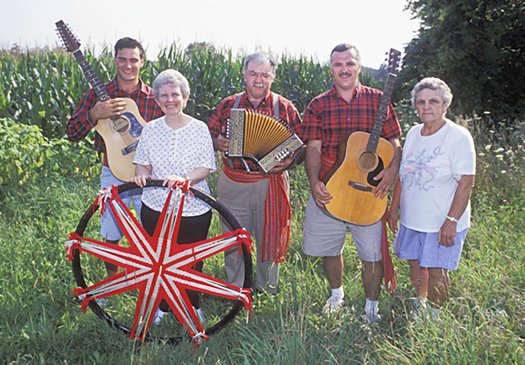
TAUNY is embarking on a new project to research the history and ongoing cultural impact of our New York's connection to Quebec, and before that to France. Partners for the project are Lakes to Locks Passage, Adirondack Museum, and Mountain Lake PBS, as well as artists, scholars, and community members with French-American ancestry. Research activity will be concentrated in St. Lawrence, Franklin, Clinton, Jefferson, Hamilton and Essex Counties. The proximity of New York's North Country to Quebec, and the migration south that began in the 1830s assured a cultural influence that continues.
Project activity will include:
- Compiling an inventory of existing presentation of French-American culture across the region.
- Research in regional archives for historical material connected to the North Country's connections with Quebec.
- Documentation of ongoing cultural practices in music, dance, storytelling and material arts.
- Development of a plan for a multi-media presentation of the region's French-American heritage.
Research will continue through December 2016.
This project is funded by the New York State Council on the Arts with the support of Governor Andrew M. Cuomo and the New York State Legislature.
Photo: La Famille Ouimet passes their French heritage through the generations.
![]() Warmth, Remembrance and Art:
Warmth, Remembrance and Art:
200 Years of Quilts and Comforters in Northern New York
The exhibit tells the story of how quilts and quilt making have mattered in the lives of North Country women from the early 19th century to the present. It explores the ways in which quilts and quilting create and reinforce ties of family and community in the region.
We invite you to visit any time from April 2 through October 31, 2016. Hanging in the galleries at The TAUNY Center, the quilts chosen for this exhibition will be visually breathtaking.
The research and exhibit were made possible with funding from The Coby Foundation, the National Endowment for the Arts, and the New York State Council on the Arts with the support of Governor Andrew M. Cuomo and the New York State Legislature.
A former TAUNY employee once commented that she had never lived in a place where people spend so much time outdoors. We wondered: Just how DO we spend time in the natural world here and how might that have changed over the generations? TAUNY is partnering with Nature Up North, a project of St. Lawrence University, on an investigation into how people in the North Country have and do spend time outdoors, and what changes, if any, they have observed in the natural world around them. Nature Up North Digital Media Interns will interview North Country residents who work and play in the environment throughout the seasons, from anglers to basket-makers to maple syrup producers. The outcome will be a multi-media presentation and exhibition exploring environmental and cultural change in our region, through a variety of lenses.
These are some of the questions we'll ask:
- Does summer come earlier and last longer?
- Has the variety and number of plants and animals increased or decreased?
- Is there more or less snow? Do you spend more time outdoors than your parents did, or less?
- Has the health of the North Country environment changed over time? In what ways?
Work on this project will be ongoing through May 2017.
Support for this project comes from Kathy and Peter Wyckoff.
Music in the Black River Valley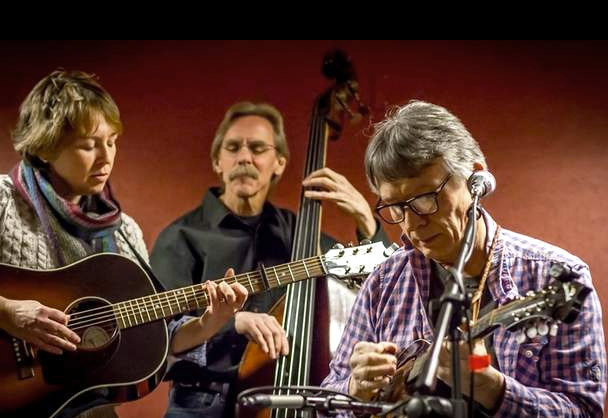
Following a cultural survey in the Black River Valley funded by Pratt-Northam Foundation, TAUNY decided to go back to the region to investigate its musical traditions more closely. This project will identify the range of music styles found in the stretch from Carthage to Boonville, extending to nearby music hubs. Project activity includes compiling a summary of music events and activities, and recording interviews with musicians. The project will conclude with a public program.
Photo: The Cadleys—John and Cathy Cadley are one of the area’s most entertaining and popular duos.
Funding for this research is supported with additional funds from Pratt-Northam Foundation.
Kindred Pursuits: Folk Art in the North Country
Ongoing Research
This signature program of TAUNY since 1993 puts a spotlight on a diversity of traditions and customs in the Adirondacks, Tug Hill Plateau, Black River Valley, 1000 Islands, St. Lawrence River Valley, and Champlain Basin. Research for this program is ongoing. The program hosts its own website.
Note: All images, text and other material found in this website © 2025 TAUNY. All rights reserved.







